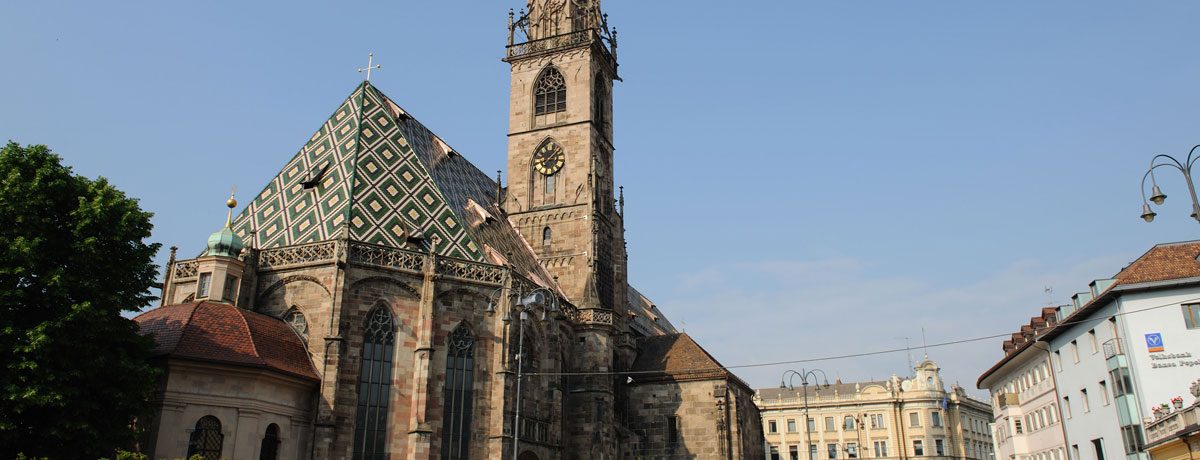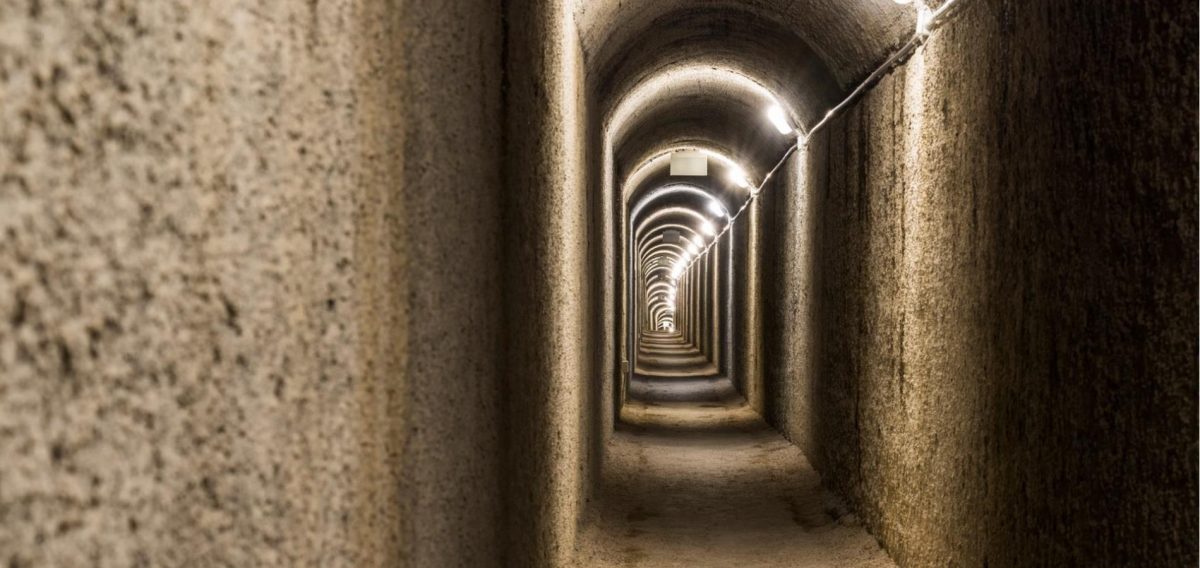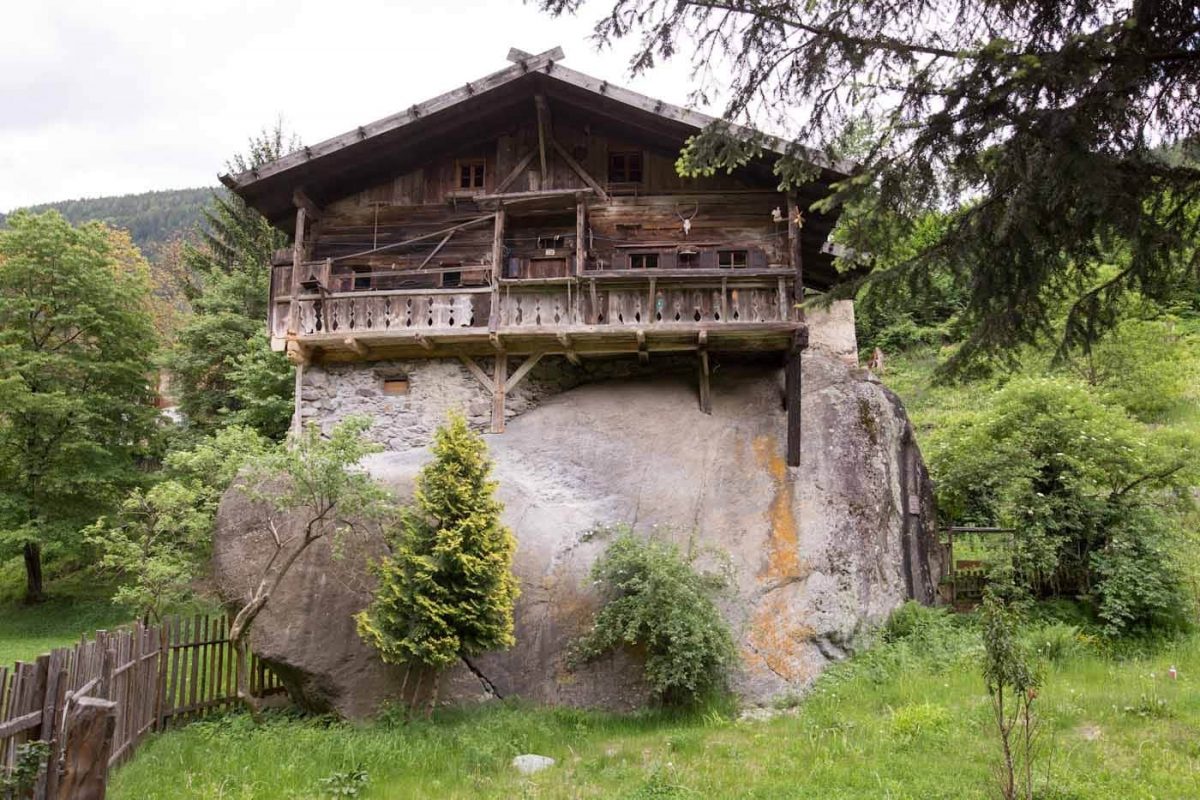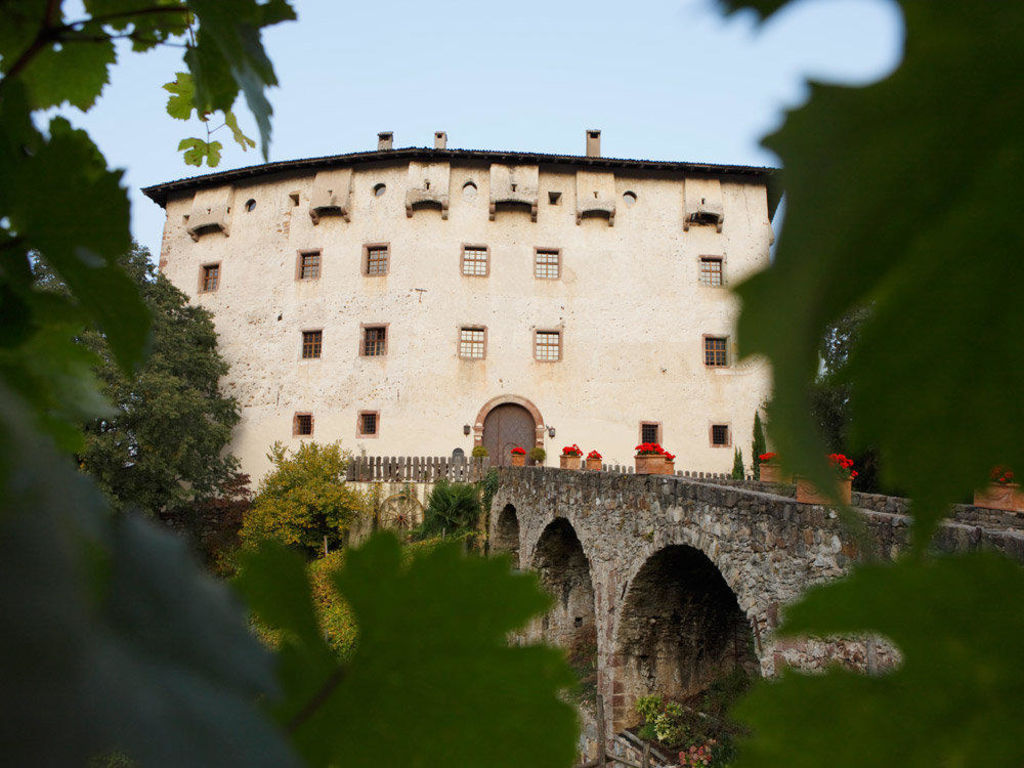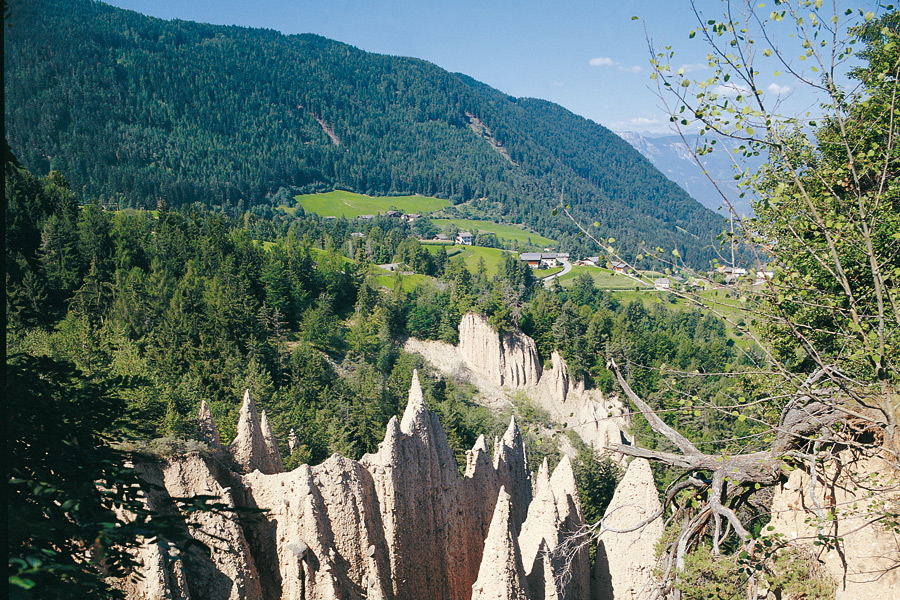How to reach the Walther Square
The Piazza Walther, also known as the “drawing room” of the town, was completed in 1808 by order of King Massimiliano di Baviera, and initially named after him. It was later given the name of the Archduke Giovanni d’Austria (Johannesplatz) and, in 1901, it was dedicated to Walther von der Vogelweide (1170-1230), one of the great German poets and storytellers of the Middle Ages. After the annexation of Alto Adige to Italy, the square was named after King Vittorio Emanuele III and, only in the second part of the post-war period, the name of the German poet was resumed. A monument to Walther, of neo-Romanesque style, sculpted in white Lasa marble by the Venostan sculptor Heinrich Natter (1889), dominates the centre of the square. In 1935 the fascist authorities had it transferred to a more secluded part of town (Rosegger Park – via Marconi). The monument was later relocated in the square in 1985.
Opening hours:
open all year
Free entry!
Contact:
Tourist office Bolzano
Südtiroler Str. 60
39100 Bolzano
+39 0471-307000


